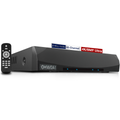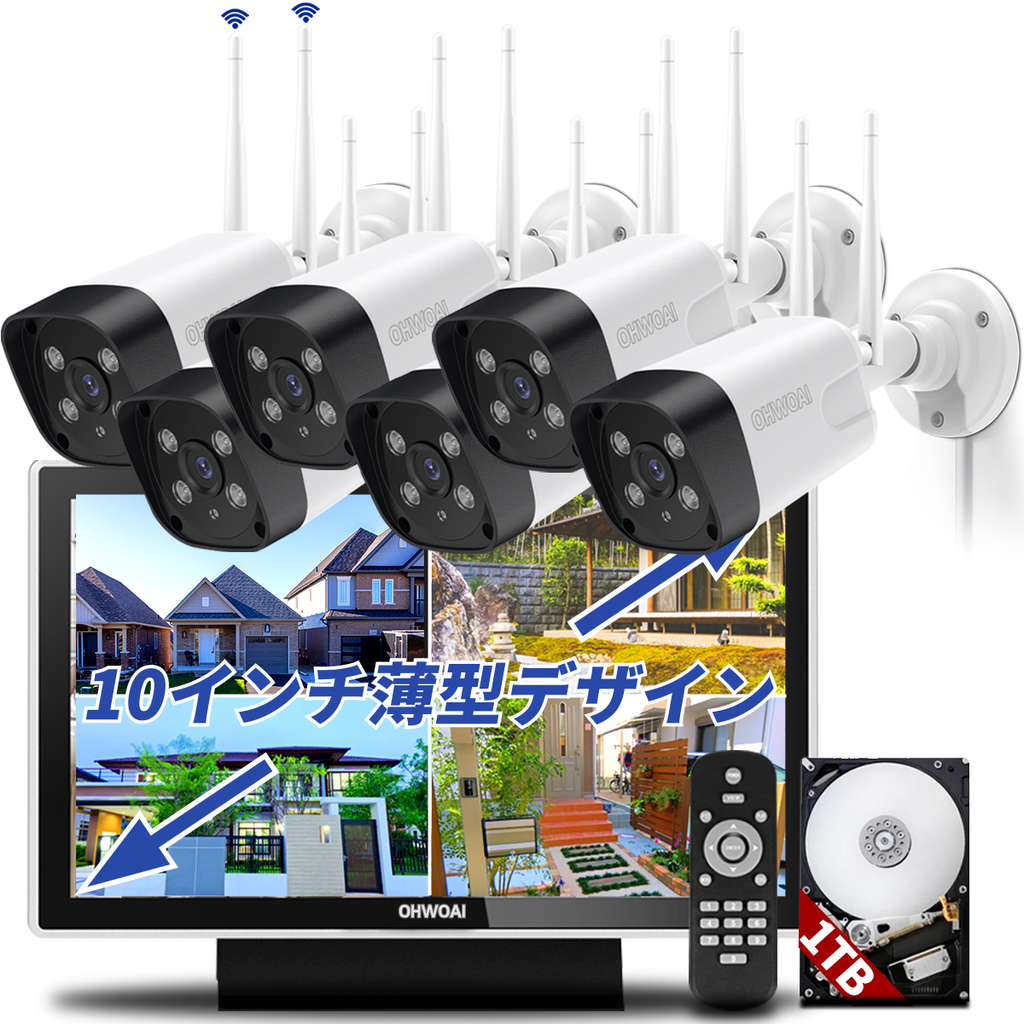-
Enhanced Visibility with OHWOAI's High-Performance Surveillance Camera Systems
IntroductionWhen it comes to ensuring security and peace of mind, businesses and homeowners alike rely on advanced surveillance camera systems. As a leading brand in the industry, OHWOAI takes pride in offering a wide range of cutting-edge products to meet diverse surveillance needs. In this article, we will explore the key features of OHWOAI's POE Security Camera Systems and shed light on their impressive visual range capabilities.Visual Range of OHWOAI POE Security Camera SystemsInfrared Cameras with 3.66mm Specifications:OHWOAI's infrared cameras with 3.66mm specifications offer exceptional visibility, with a visual range extending up to 40 meters. These... -
Unveiling the Classification of Surveillance Cameras
In the realm of security surveillance, understanding the intricate classification of cameras is pivotal. As the demand for digital security solutions surges, individuals and enterprises alike seek to comprehend the differentiating factors that shape camera capabilities, performance, and pricing. At OHWOAI, we offer you an in-depth perspective on the diverse components and structures that constitute surveillance cameras, empowering you with a comprehensive comprehension. **1. Color Classification** **(1) Color Cameras:** These cameras cater to situations requiring intricate detail recognition, such as distinguishing clothing colors or object hues. The inclusion of color significantly amplifies the information... -
Current Status of Network Video Surveillance Systems
Network video surveillance systems are composed of central management platforms, front-end devices, transmission networks, and client terminals. Let's explore these components in terms of their logical structure and functionalities.Logical Structure of Network Video SurveillanceThe network video surveillance system consists of central management platforms, front-end devices, support systems, transmission networks, and client terminals. The central management platform is responsible for controlling signals and commands, media exchange, user management, business management, network management, billing management, and statistical analysis. The central management unit, media distribution unit, media storage unit, and business management unit collectively handle control signals, protocol conversion,...













